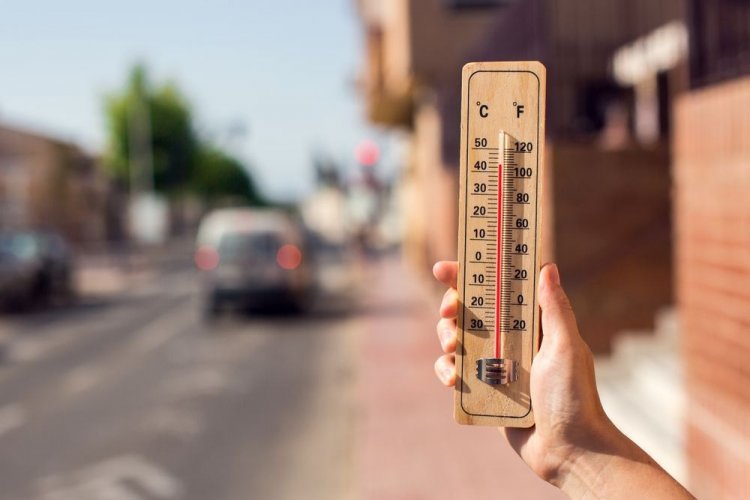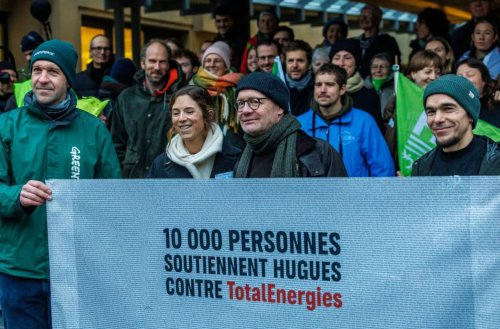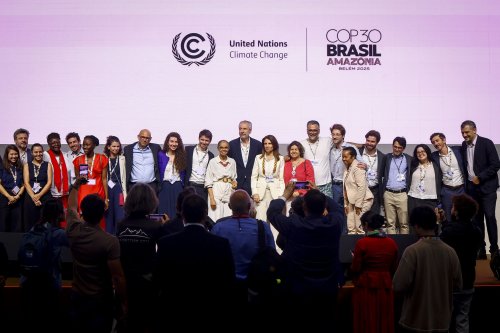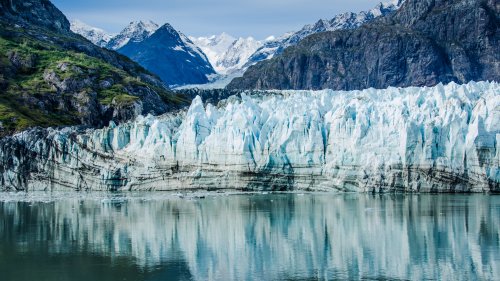The United Nations has said that the likelihood of the El Niño weather phenomenon developing in the coming months has increased, which could lead to higher global temperatures and new heat records.
According to the estimates of the World Meteorological Organization of the United Nations (WMO), the probability of the development of El Niño by the end of July is 60%, and by the end of September - 80%, reports The Guardian.
"This will change weather and climate patterns around the world," said Wilfran Mufuma Okia, head of the WMO Regional Climate Prediction Service.
The article explained that El Nino is a natural climate pattern that is usually associated with increased heat around the world, as well as drought in some parts of the world and heavy rains in other places. This phenomenon was last recorded in 2018-19.
It is noted that the opposite phenomenon of La Niña was very long - from 2020, and in early 2023 - gave way to the current neutral conditions.
The UN emphasized that the last eight years were the warmest on record, despite the fact that the cooling effect of La Niña lasted for almost half of that period. Without this weather phenomenon, the warming situation could be even worse.
According to the head of the WMO, Petteri Taalas, the expected warming of the climate will most likely lead to a new surge in global warming and increase the chances of breaking temperature records.
It said that since El Niño's effects on global temperatures usually show up a year after its onset, the effects are likely to be most evident in 2024.
Taalas emphasized that the expected arrival of El Niño could have certain positive effects. After all, it can reduce droughts in the Horn of Africa and other effects of La Niña. However, the phenomenon can also trigger more extreme weather and climate events. Therefore, an effective early warning system is needed to ensure people's safety.
In the Northern Hemisphere summer, warm El Niño water can also fuel hurricanes in the central and eastern Pacific Ocean, preventing hurricanes from forming in the Atlantic basin, the WMO said.
Earlier, EcoPolitic wrote, that preliminary data from the National Oceanic and Atmospheric Administration (NOAA) showed that the average temperature on the surface of the ocean since the beginning of April reached 21.1°C. This is a new record high, leading to marine heat waves around the world.
As EcoPolitic reported earlier, a study by a group of international scientists confirmed the accelerated melting of the Earth's ice sheets.





